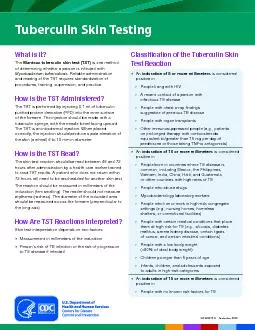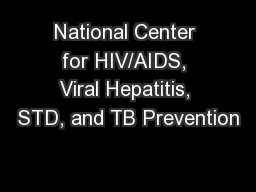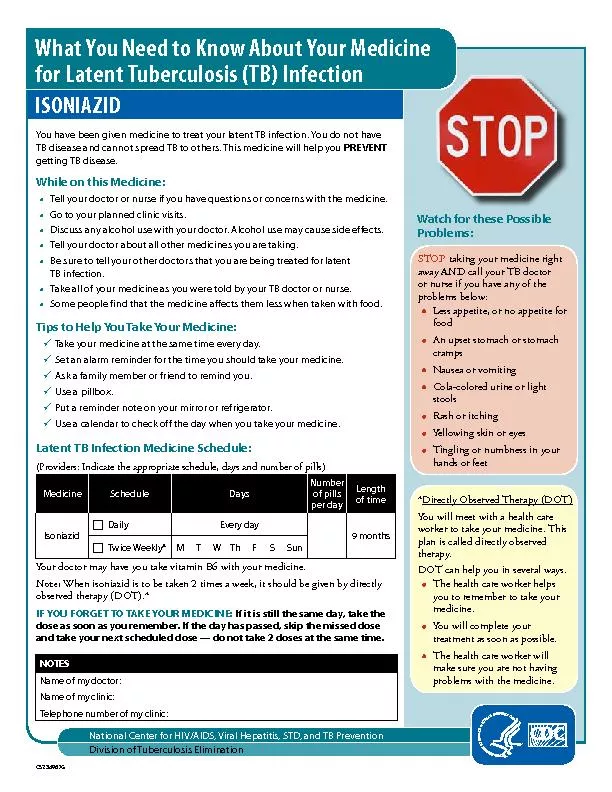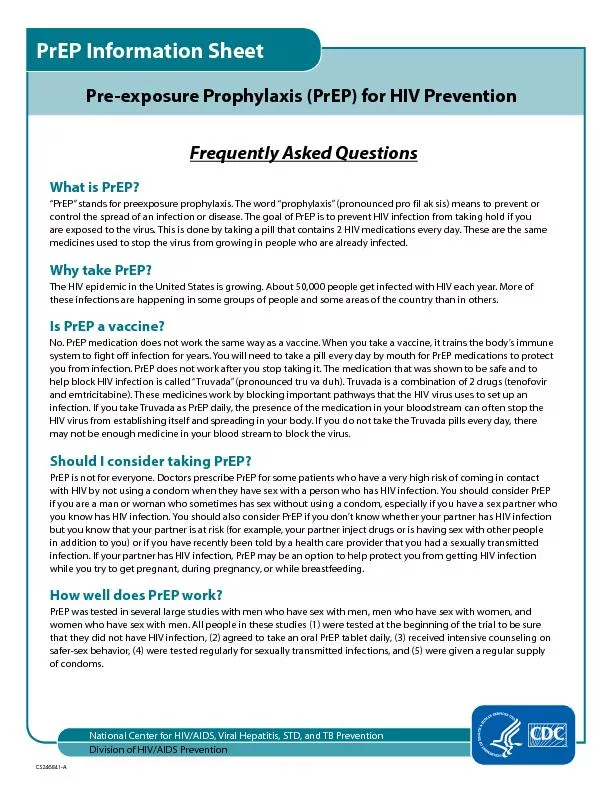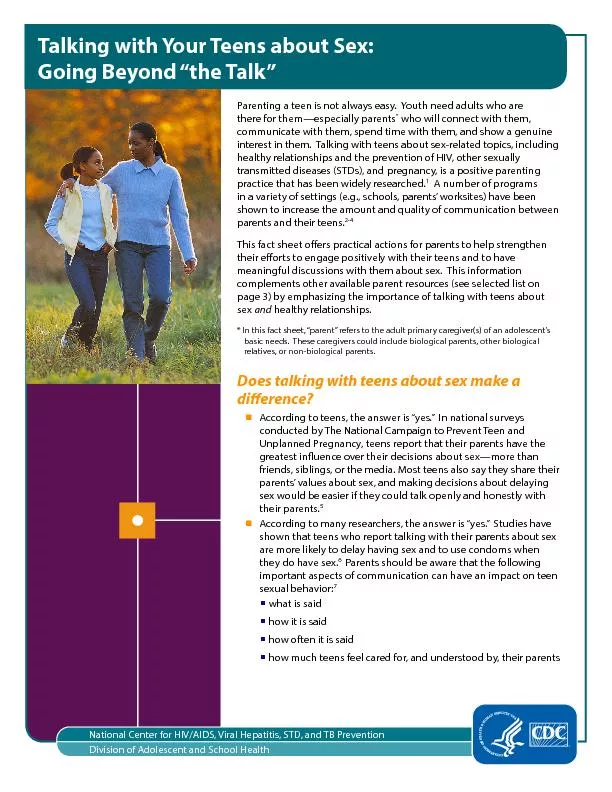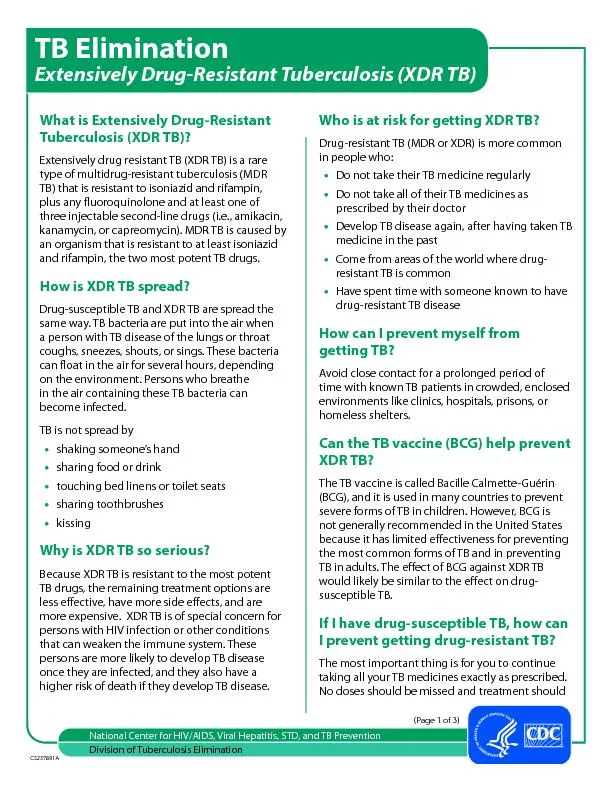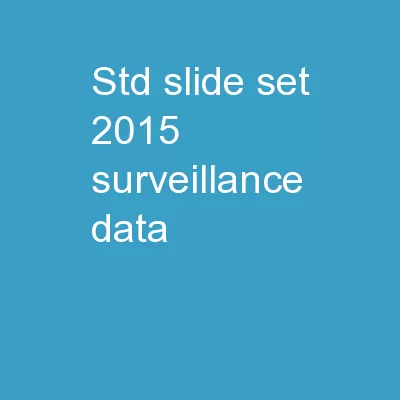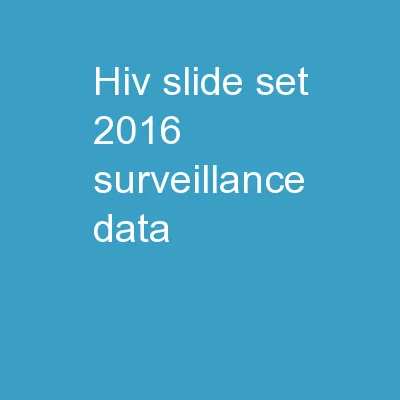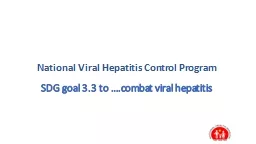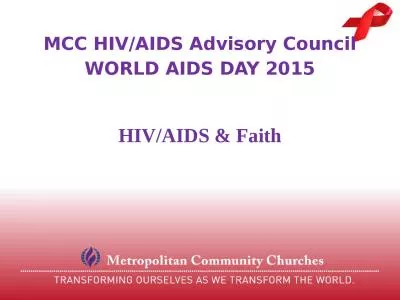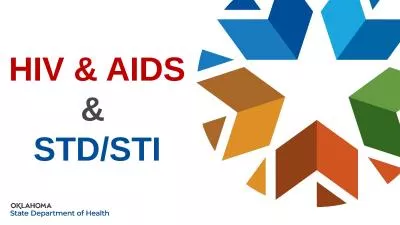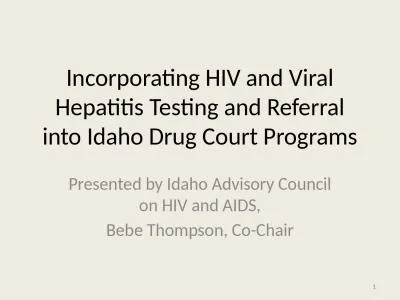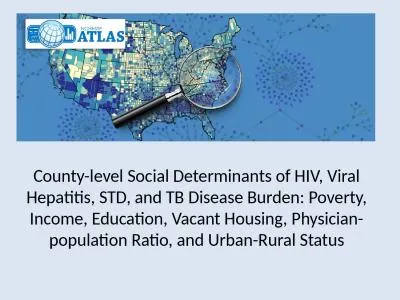PDF-National Center for HIV/AIDS, Viral Hepatitis, STD, and TB Prevention
Author : test | Published Date : 2015-09-28
Division of Tuberculosis Elimination CS227840D TB Elimination Tuberculin Skin Testing What is it The Mantoux tuberculin skin test TST is the standard method of determining
Presentation Embed Code
Download Presentation
Download Presentation The PPT/PDF document "National Center for HIV/AIDS, Viral Hepa..." is the property of its rightful owner. Permission is granted to download and print the materials on this website for personal, non-commercial use only, and to display it on your personal computer provided you do not modify the materials and that you retain all copyright notices contained in the materials. By downloading content from our website, you accept the terms of this agreement.
National Center for HIV/AIDS, Viral Hepatitis, STD, and TB Prevention: Transcript
Download Rules Of Document
"National Center for HIV/AIDS, Viral Hepatitis, STD, and TB Prevention"The content belongs to its owner. You may download and print it for personal use, without modification, and keep all copyright notices. By downloading, you agree to these terms.
Related Documents

